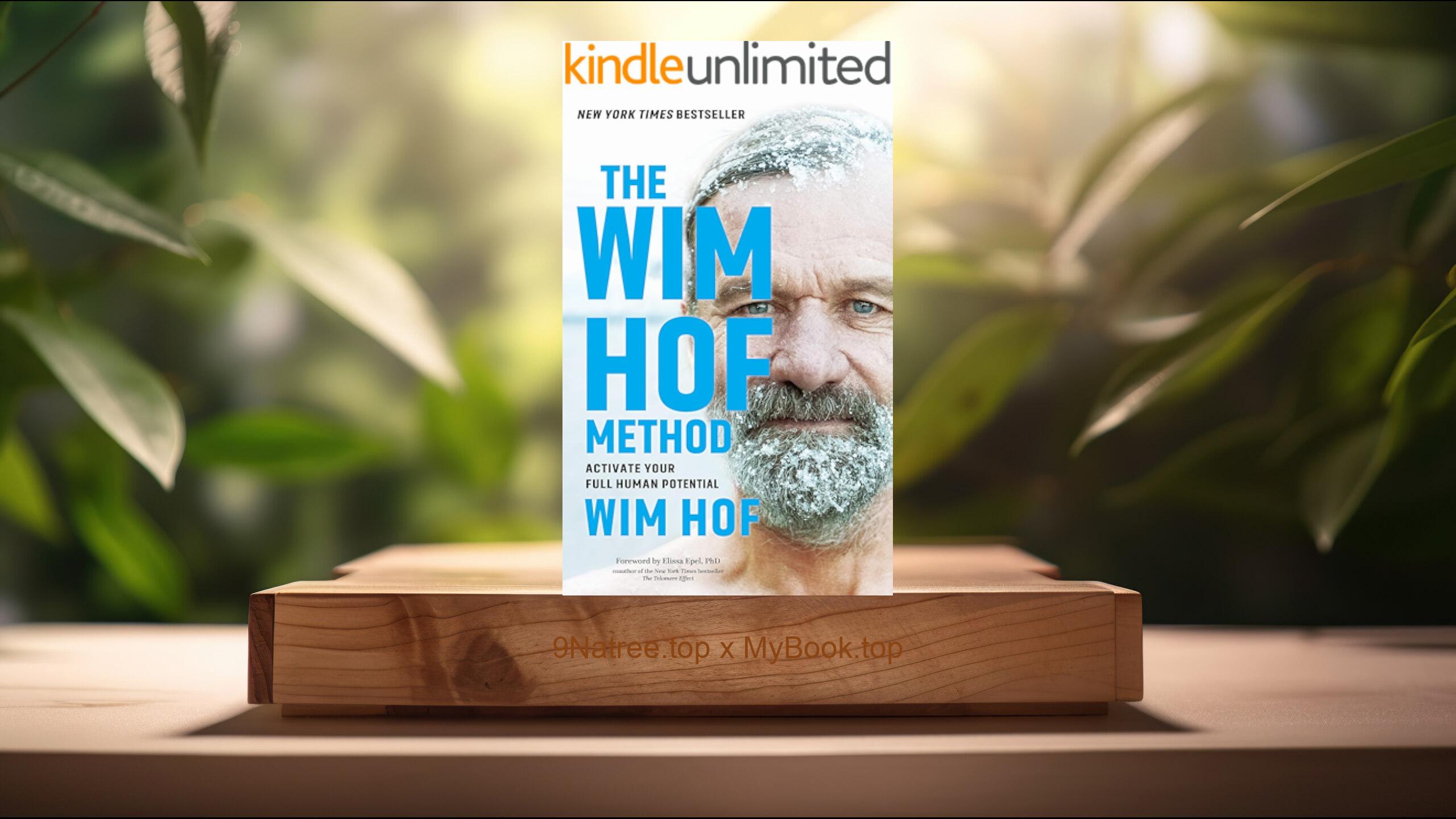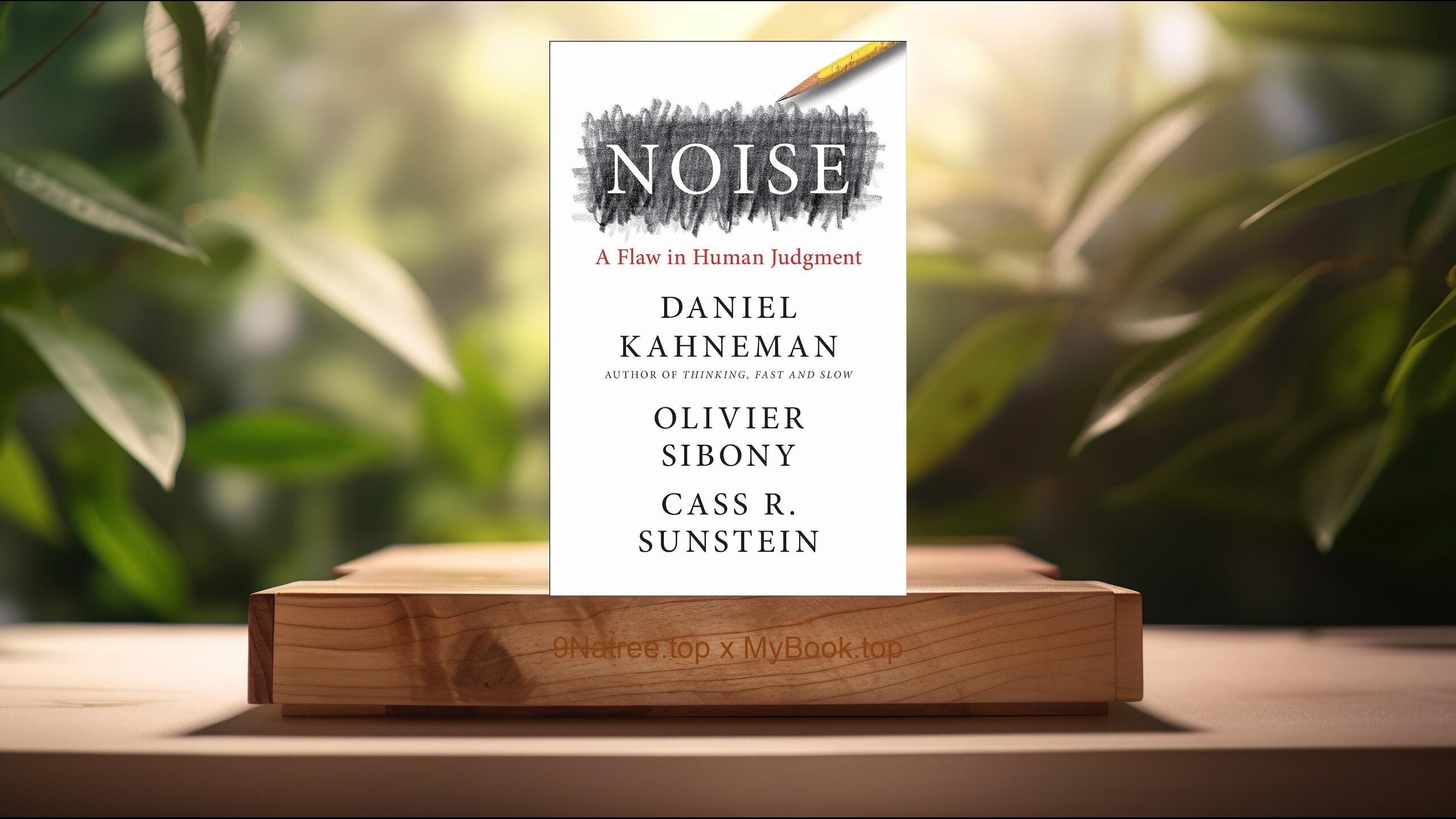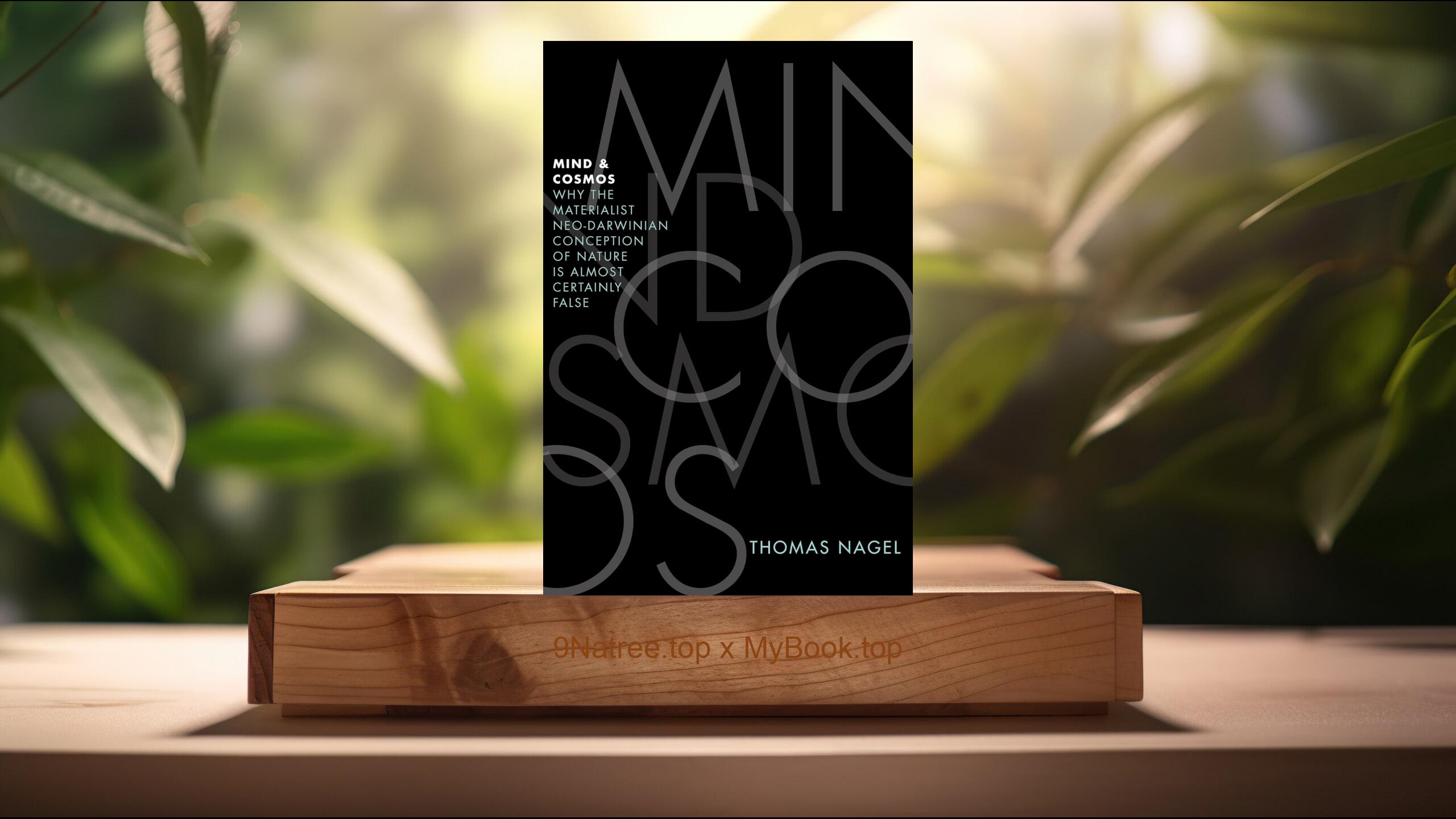Show Notes
- Amazon USA Store: https://www.amazon.com/dp/B00BBPWAH4?tag=9natree-20
- Amazon Worldwide Store: https://global.buys.trade/The-Art-of-Being-Erich-Fromm.html
- Apple Books: https://books.apple.com/us/audiobook/the-art-of-being/id1646049077?itsct=books_box_link&itscg=30200&ls=1&at=1001l3bAw&ct=9natree
- eBay: https://www.ebay.com/sch/i.html?_nkw=The+Art+of+Being+Erich+Fromm+&mkcid=1&mkrid=711-53200-19255-0&siteid=0&campid=5339060787&customid=9natree&toolid=10001&mkevt=1
- Read more: https://mybook.top/read/B00BBPWAH4/
#PersonalFulfillment #ExistentialPhilosophy #ArtofLove #AuthenticSelfExpression #CriticalReflection #Mindfulness #ConsumerSociety #SelfAwareness #TheArtofBeing
These are takeaways from this book.
Firstly, The Nature of Being, Erich Fromm introduces 'The Art of Being' by challenging the conventional understanding of 'being' in modern society. He posits that being transcends mere existence or the accumulation of material goods and social statuses. Fromm dives into the existential philosophy, illustrating how being should be grounded in authenticity and genuine engagement with the world. He contrasts 'being' with 'having', where the latter represents the societal drive towards accumulating possessions as a way to define one’s self. Fromm’s discourse on the nature of being invites readers to reflect on their own perceptions of existence, urging them to consider a shift from having to being. This concept is critical as it lays the foundation for the subsequent exploration of how individuals can achieve a state of being that is true to their essence, promoting a life filled with depth, purpose, and genuine happiness.
Secondly, The Modes of Existence, Fromm categorizes the modes of existence into two primary types: the ‘having’ mode and the ‘being’ mode. The ‘having’ mode is characterized by the acquisition and possession of material objects, status, and power as the primary means of attaining identity and happiness. This mode, according to Fromm, is prevalent in consumerist societies where the measure of a person’s worth is often determined by their wealth and possessions. In contrast, the ‘being’ mode is not about ownership or external accolades but is centered around the essence of the human soul and the quality of one’s personal and communal relationships. Fromm argues that happiness, fulfillment, and freedom are results of pursuing the being mode, which fosters creativity, love, and authentic self-expression. He emphasizes the importance of transcending societal pressures to conform to the having mode and encourages the cultivation of conditions that favor the being mode through practices like mindfulness, genuine love, and productive activity.
Thirdly, Fromm’s Vision of Love, A central theme in 'The Art of Being' is Fromm’s profound and nuanced understanding of love. Contrary to popular belief that love is a spontaneous feeling or emotion, Fromm delineates love as an art that requires knowledge, effort, and practice. He divides love into various types, including brotherly love, romantic love, self-love, and motherly love, illustrating how each form contributes to an individual’s ability to be. Fromm places special emphasis on self-love, asserting that genuine love for others cannot exist without it. According to him, loving oneself in a non-narcissistic manner involves respecting oneself, knowing oneself, and caring for oneself, thereby enabling the capacity to love others authentically. Fromm’s vision of love is transformative, encapsulating love as an essential component of being that promotes interconnectedness, fulfillment, and genuine human flourishing.
Fourthly, Paths to Achieving Authentic Being, Erich Fromm does not leave the reader without guidance on transitioning towards the 'being' mode of existence. He outlines practical paths that individuals can follow to cultivate an authentic sense of being. These pathways include practicing mindfulness and meditation to foster awareness of the present moment, engaging in activities that promote creativity and self-expression, developing healthy relationships based on genuine love and respect, and committing to an ongoing journey of self-discovery and personal growth. Fromm suggests that achieving an authentic state of being requires a conscious effort to transcend societal and inner constraints that limit human potential. Through dedication to these practices, individuals can liberate themselves from the having mode's confines and embrace a fulfilling life characterized by deep connections, creativity, and a genuine sense of self.
Lastly, Critical Reflection and the Art of Being, A pivotal aspect of achieving the art of being, according to Fromm, is engaging in critical reflection. This involves a deliberate examination of one's thoughts, actions, and the societal structures that influence personal identity and fulfillment. Fromm advocates for a mode of existence where individuals question conventional wisdom, challenge societal norms, and seek deeper understanding beyond superficial appearances. This critical reflection enables individuals to distinguish between what they genuinely desire for a fulfilling life and what society dictates they should aspire to. By embracing critical thinking and reflection, individuals can navigate the complexities of life with greater clarity, make informed decisions that align with their true selves, and ultimately lead more authentic and satisfying lives. Fromm elevates critical reflection to an art form, necessary for liberating oneself from the unseen chains of societal expectations and for paving the way toward true being.
![[Review] The Art of Being (Erich Fromm) Summarized](https://episodes.castos.com/660078c6833215-59505987/images/1998581/c1a-085k3-mkxn0pqwh14p-rba063.jpg)




